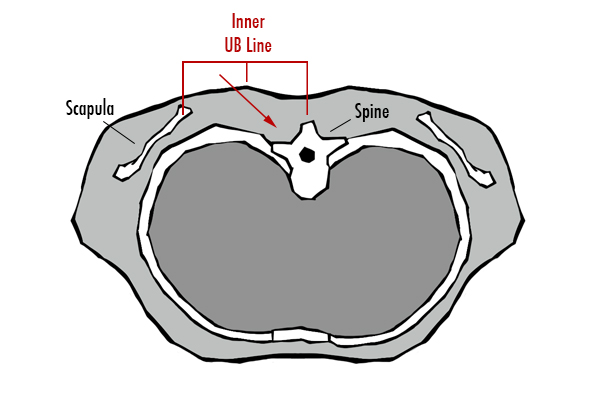Finding the points located in the sacral foramen (UB 31- 34) can be challenging. When I began studying acupuncture I found locating these points maddening. Because of my experience I spend a lot of time working with students to help them demystify these important points.
To locate these spaces one needs to palpate through layers of tissue. The foramen feel like soft depressions or "holes" in the bone. The trick to remember is the holes are not similar from one to the next.
Two good rules of thumb to remember are:
- They are not perfectly evenly spaced. Some are close together and others are further away.
- The size of the foramen change from one to another.
It is good the remember that the foramen are not equally sized and equally spaced. The size and space can vary considerably. Remembering the likelihood of the size and spacing varying will make finding and needling these points much easier.










